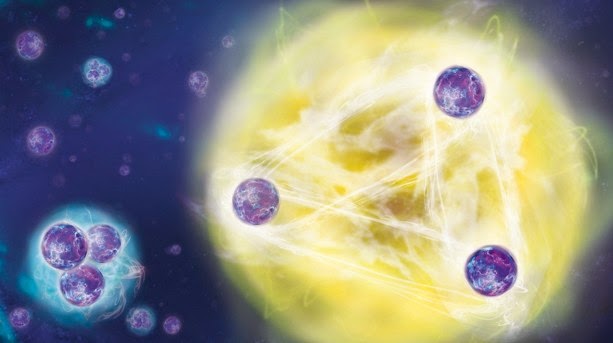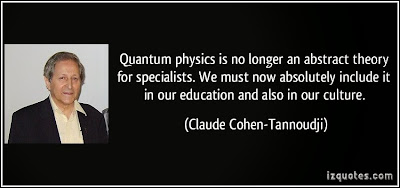The trans-artery was a technical marvel. Essentially, it was a cigar shaped carriage, 80 yards long, ten yards across. The carriage moved inside a glass conduit, propelled by a current of compressed steam shooting out of pipe-like dispensers. A popular mode of transport, trans-artery lines spread rapidly in the short period of their existence. Developed in Canada, parts of Europe, Africa, and Asia quickly boasted trans-artery lines.
The Western European Alliance and the Magreb Sultanate had begun collaborating on the construction of a line spanning the Mediterranean. Presently the longest line, the Greater Asia Express, wound from Egypt through India and China all the way to the tip of the Korean Peninsula.
Emma Ade’ sat in her guest cabin gazing out the window. So silent and smooth was the carriage that she could have fooled herself into believing she was stationary while the world beyond her window zipped by at a rapid pace. While Emma reveled in the thrill of the ride, not to mention the luxurious amenities a carriage had to offer, her attitude in regard to lines differed very little from likeminded critics. Tran-arteries were a wasteful extravagance. Airships and trains performed the same task of ferrying passengers for half the cost.
A citizen of the Mandinka Republic, Emma was thankful her country had not wasted a lion’s share of its budget on such a frivolous project. She couldn’t say the same for the handful of African nations that did abuse their budgets accordingly.
A knock on her cabin door drew Emma’s attention from the window. “Come in.”
A tall, ebony dark man in a long, richly patterned robe entered the cabin.
Emma refrained from rolling her eyes. Oduwa Lunde was addicted to technology and made it a point to study every latest invention and innovation with ogle-eyed fascination. That was an oddity given that he was in his early forties, while Emma hovered a shade below thirty. Shouldn’t she have been the eager technophile and Oduwa the staunch advocate for all things old fashioned?
“Good morning, dear Emma. I trust your first night in an artery carriage was to your liking.” Oduwa shined a knowing smile.
Emma tried her best attempt at severity and failed miserably. “I won’t deny its comforts,” she admitted, straightening in her seat. “That doesn’t negate the impracticality of these contraptions.”
Oduwa tossed up his arms in mock defeat. “Hopeless as always. Come, breakfast is about to be served in the dining section. We’re going to be in some very interesting company.”
Emma’s brow elevated. “Lead the way.”
********
Gold, red, and black were the dominant colors in the dining section. Black carpeting, red walls accented with gold streaks, and gold laden platters resting on an oval black table layered with a flaming red table cloth.
Seven passengers, six men and one woman, were seated at the table. The men stood when Emma and Oduwa entered the dining section. They inclined their heads in Emma’s direction and didn’t return to their seats until Oduwa started off the introductions. “I am Percival Thianne, my sister Clarice. We’re from the Mandinka Republic.”
A passenger in a white suit and spectacles with a handle bar mustache spoke. “Pleased to meet you. I am Jean Matise, citizen of France. Matise indicated two hulking men on either side of him. They wore blue dress military uniforms with silver colored stylized crosses embroidered on the shoulders. “Captain Erik von Heidal and Lieutenant Jon Smoot.”
Emma eyed the soldiers. A German and a Dutchman. Different nationalities, same uniform. “Knights Templars?” She inquired.
The German’s stern expression softened. “Indeed we are, Madame Thianne.”
“If only I could claim so august an association,” bemoaned Jean. “Unfortunately, I am but a simple businessman mired in the business of profit.”
Emma pretended to be charmed by Jean’s self-deprecation, while studying the others at the table.
The remaining guests introduced themselves. Prince Abdul Ibn Hajj of Arabia. Bongani Mndeni, a Zulu diplomat, Mao Li, an executive at a major Chinese firm, and the only other woman in the room besides, Emma, Sachini Udal, a Sri Lankan university professor.
“I take it you were at the Peking Trade Symposium,” Jean Matise inquired, his eyes darting back and forth between Emma and Oduwa.”
Emma raised a complimentary brow. “Very perceptive, Mr. Matise. Yes we were.”
The Frenchman leaned back with a self-congratulatory smirk. “Mandinkas are accomplished traders and there’s plenty of trade to be had in China. You should be very successful.”
“If the mandarins have their way, China would have nothing to do with foreigners,” Mao Li declared with a hint of venom. “The last emperor was foolish enough to listen to their xenophobic whisperings and as a result forbade our airships from traveling beyond our skies.”
“It does not seem that your current emperor is lending a favorable ear to any suggestions of isolationism,” said Abdul. His attention was fixed on Mao, but he snuck a fierce glance or two at the Knights Templars.
Emma noticed the looks, could almost feel the acrimony radiating from the Arab’s eyes like desert heat. Christians and Muslims still contested a patch of dirt in the Mideast widely known as the Holy Land. She wondered if Abdul had an inkling to open up a new front in that conflict in the dining section of an artery carriage.
Mao’s pessimism slackened. “There are some things my emperor remains close minded about. But overall, he is better suited to these times than the one who preceded him.”
“And what times are these?” Sachini inquired, her tone brimming with contention.
“The opening of the world,” replied Jean with hands spread to symbolize his point. “To new ideas, new possibilities, to progress!”
“Progress bears an ugly face,” Sachini countered, unconvinced. “Under its glare, the class divide widens, wars proliferate and insecurity is rife.”
“Hear hear,” Emma voiced. She and the Sri Lankan shared looks of agreement.
“Progress does not come cheaply,” said Bongani. “Yet come it must.”
“Hear hear,” agreed Oduwa with equal fervor.
The look Emma gave her partner would have frozen a candle flame.
Oduwa brought his hands together in a topic-changing clap. “Why do we all sit here, our food untouched? Shall we eat?” Without waiting for a response, he reached over and grabbed a biscuit from a nearby platter.
The rest of the passengers eagerly followed Oduwa’s lead.
********
“How much are you willing to wager that not a single person we dined with is not really who or what they say they are?” Emma ventured dubiously.
She and Oduwa departed the dining section ten minutes earlier and were currently lounging in the scenic chamber, a section of the carriage designed for recreational viewing of the outside.
“Is that really so surprising, Ms Thianne?”
“Granted,” Emma admitted in a grudging concession.
“Of course I don’t doubt the Templars,” said Oduwa. “There’s a hard bitten look about them that makes their vocation undeniable. Although their stated reason for being in China is not entirely convincing.”
“It’s bald faced lie,” Emma cut in, stripping to its bare bones the euphemism in Oduwa’s remark. “A religious pilgrimage to the Great Wall to visit the grave of a Franciscan missionary?” She snorted derisively.
“At least we know for certain that the one who calls himself Mao Li is our target,” said Oduwa.
“When do you want to take him?” Emma asked.
“Tonight.” Oduwa’s expression hardened. “We take him tonight.”














